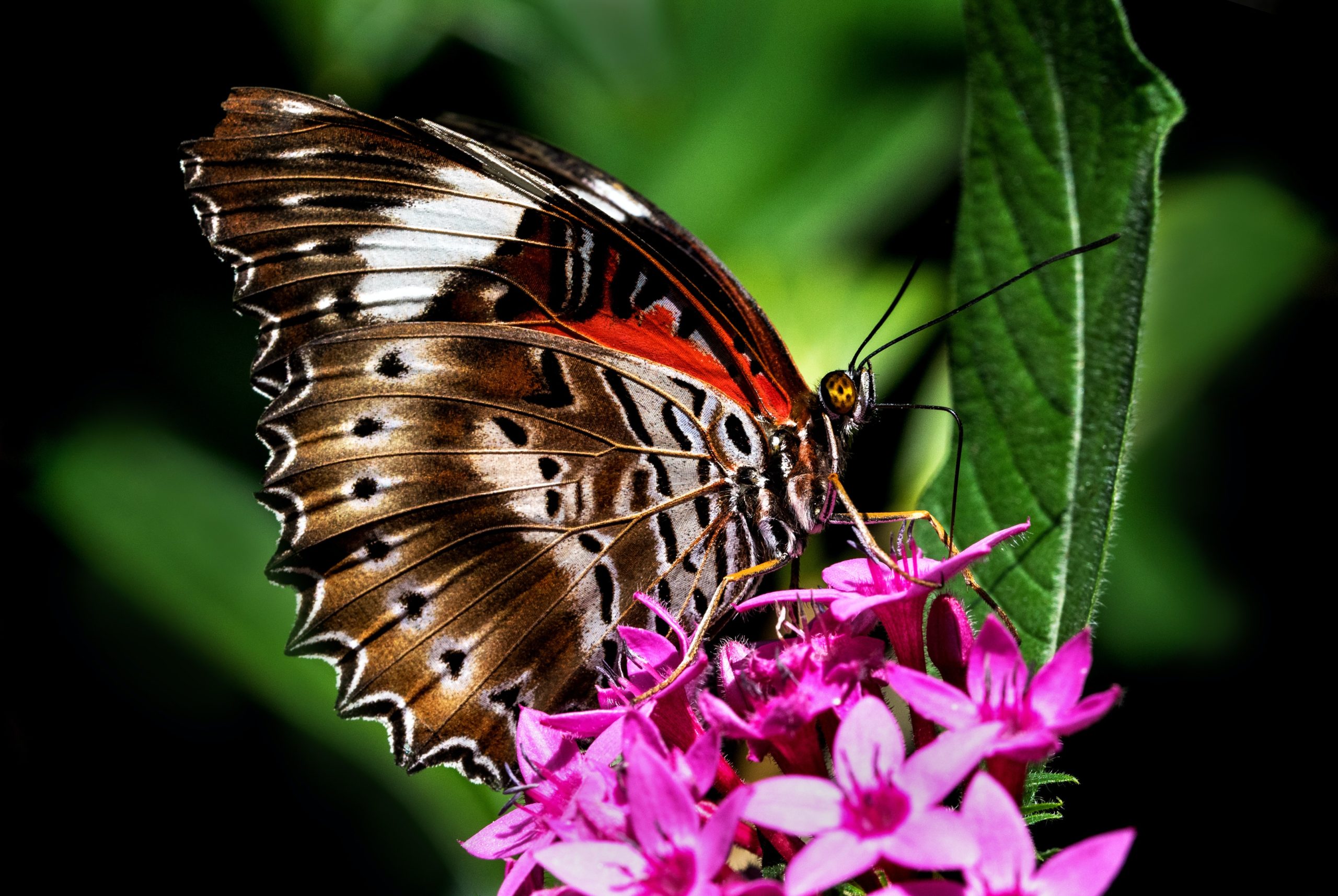Customizing your backyard to accommodate wildlife is easier said than done—but what if it wasn’t?
Butterflies, bees and birds—all hardworking pollinators and beautiful to observe, especially in a backyard setting. Bees, most notably, are responsible for pollinating about one-third of the food we eat— particularly almonds, apples, and blueberries. Unfortunately, climate change is having an alarming impact on their livelihood. For instance, the population of honeybees in the U.S. has gone down 60% since 1947. Pesticides, invasive species, habitat loss, and decreasing availability of food are some of the threats faced by our precious pollinators.
Whether you’re interested in butterflies, bees or birds, you can create an eye-catching habitat that provides these creatures with food and shelter right in your own backyard.
As you’re planning out your backyard garden, remember that while an immaculately manicured green lawn is a source of pride, it offers virtually nothing of value to our pollinator friends— no nutrients or shelter. Furthermore, people often spray harmful pesticides, which can poison birds and insects, on their lawns.
Not to worry—creating a thoughtful, eco-friendly garden teeming with life is arguably a greater accomplishment. For any of these species, you’ll want to avoid pesticides, remove invasive species, and provide food, water and shelter. Before you start, plan out how you’re going to arrange the garden. Appropriate plants may vary based on your location, so do some research before you head to your neighborhood garden center.
To accommodate butterflies, choose a location that is sunny, sheltered from wind, and has good quality soil. Butterflies are ectotherms, meaning they rely on the Sun’s energy to regulate their body temperature. If you live in a windy area, think about constructing a buffer or choosing an area that is closed off—by trees, a fence or your house. You may add topsoil if needed.
You’ll want to provide an assortment of brightly colored, nectar-producing flowers, so that something is always blooming throughout the spring, summer and autumn seasons. As butterflies are nearsighted, help them locate your garden by placing flowers in large, distinct clumps. Create puddles so the butterflies can bathe and drink the water; this provides them with. Keep fallen leaves and brush piles in part of your garden, as shelter. And also, consider adding a place for caterpillars to eat and develop.

You can help bees by providing them with a safe area to get nutrition. Select flowers that are native to your area, not highly hybridized, and have single-tops as this makes it easier to access nectar. Look up ideas for bee-friendly plants in your area—to get you started, here is one list for Arizona. Make sure you include a variety of flowers with a range of blooming periods, so something is always blooming throughout the spring, summer, and fall.
Besides a reliable pollen source, bees need to bathe and nest. You may keep a shallow container filled with water, pebbles, and twigs to give them a comfortable bathing area. Depending on the bee species, they may use various materials such as mud, reeds, and drilled wooden blocks. Some prefer uncultivated areas with exposed soil surface.
Welcome avian visitors by including a variety of local plants that provide food sources like: bugs, fruit, nuts, seeds, and nectar. Plant in “layers,” or varying heights: for example, trees, shrubs, and smaller plants. Place plants of the same species in clusters. There are databases where you can find appropriate plants for your area—also choose plants based on the amount of sunlight, moisture, and soil quality in your garden.
Do not rake the soil or remove seeds. Leave piles of branches, debris and leaves as they are; birds may use it as a shelter. Provide a birdbath or hollowed boulder filled with water so birds can bathe. If you have pets, such as cats, that prey on birds, keep them away from the garden.
One final recommendation—if you’d like to cater to birds and butterflies or bees, keep the areas as separate as possible, as birds are known to prey on insects. With some research and planning, you can take steps to help endangered species; they will return the favor many times over by pollinating flowers, fruits, or berries in your garden!
Keep up with all of Green Living‘s original content online and on social media.






